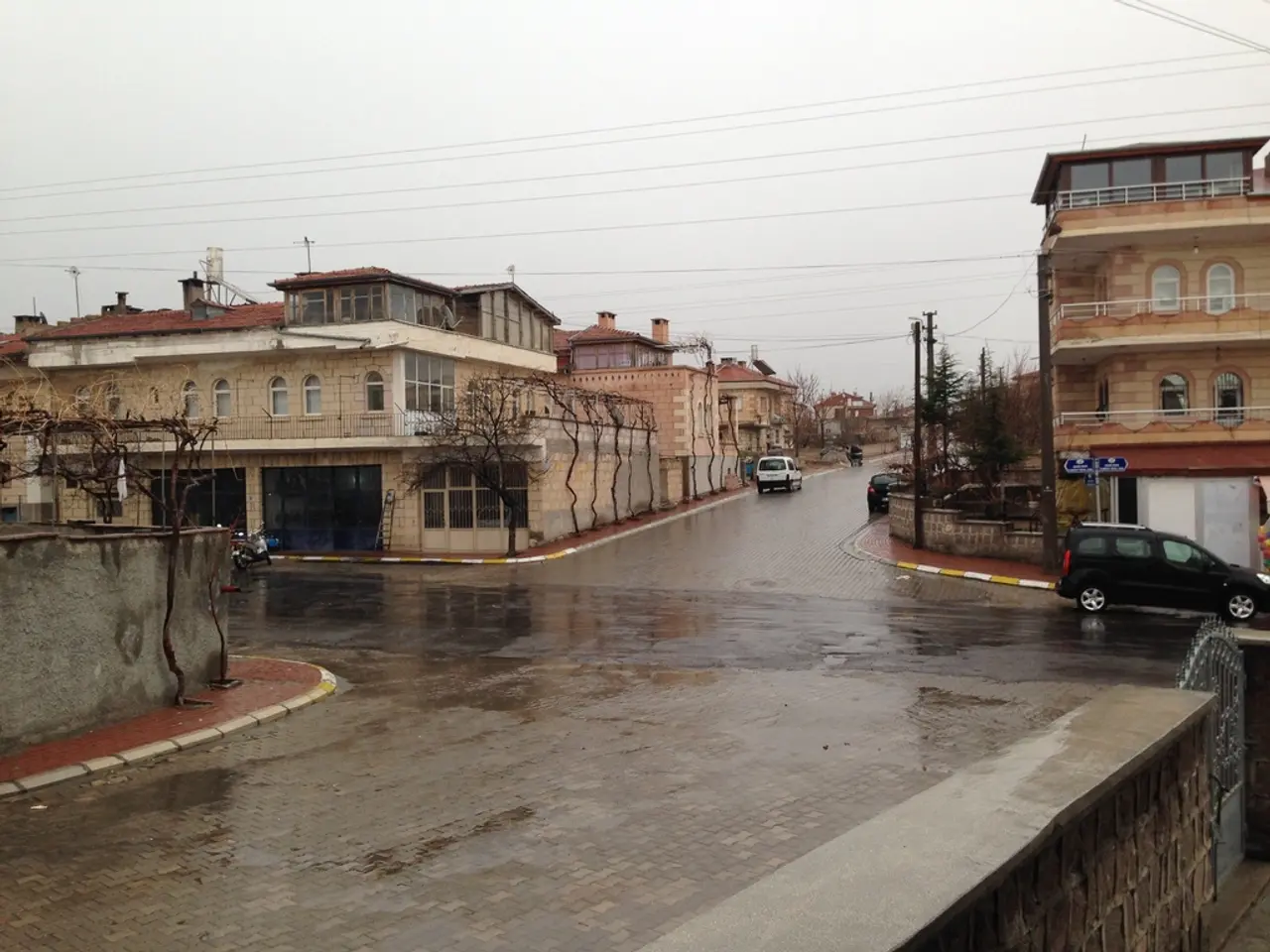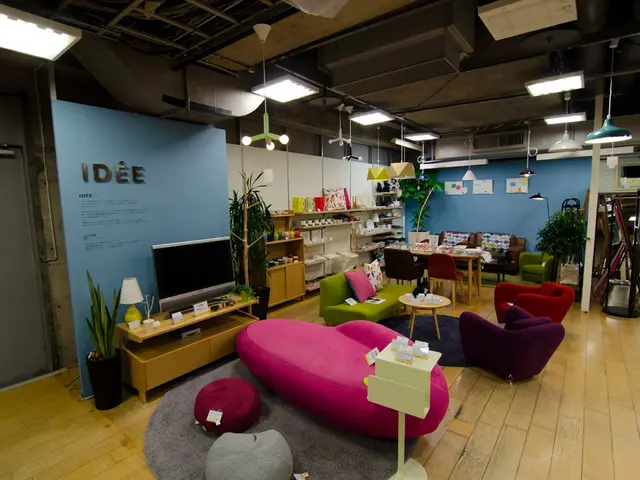Amidst the influence of industry heavyweights, Thailand's automotive sector strives to regain momentum
Thailand's Auto Industry Transforms Amidst EV Shift and Global Trends
Thailand's auto industry is undergoing a significant transformation, with the rise of battery-powered vehicles (EVs) reshaping the landscape. Once a major player in the automaking industry, with deep connections to Japanese brands like Toyota, Nissan, and Honda, Thailand is now adjusting to the new realities of the EV industry.
The decline in Thailand's domestic vehicle production for 21 consecutive months up until April this year was a sign of the struggle. However, recent changes in policy are aimed at promoting the transition from internal combustion engine (ICE) vehicles to EVs. The Thai government has revised its EV incentive policy to allow EV exports to count towards local production targets, offering manufacturers greater flexibility and boosting Thailand’s positioning as a regional EV manufacturing and export hub.
Despite these policy improvements, the industry faces ongoing challenges such as weak local demand for EVs and a dominant presence of Chinese EV brands holding over 70% market share. Limited access to credit and high household debt have kept conventional vehicle sales subdued, affecting overall automotive sales.
Thailand's automotive production showed a recent recovery trend with a nearly 12% year-over-year increase in June 2025 vehicle production, but the first half of 2025 still saw a 4.8% decline compared to 2024. Passenger car production grew 18.56% YoY in June but fell overall for the half-year period.
The government is supporting recovery through loan guarantees for pickup trucks and attracting foreign investment, such as Mazda’s $148 million investment to strengthen local assembly facilities aiming to become a regional hub.
While Thailand remains the world’s 10th largest car producer, total production in 2024 (1.47 million units) was below pre-pandemic levels (2.01 million units in 2019), indicating that the industry is still navigating a transition phase amid growing EV competition and shifting global automotive trends.
Analysts predict that the Thai automobile industry is being reshaped due to fast-shifting production chains. Multiple billboards along the motorway advertise battery-powered vehicles from Chinese manufacturers. Interestingly, the industry in Thailand predominantly manufactures more ICE vehicles than hybrids.
Thailand now faces a 19% tariff rate and additional tariffs on the auto sector, after previously facing a 36% levy on its goods. The shift towards battery-powered vehicles is causing geopolitical instability, with the United States President Donald Trump’s tariffs on the global automotive sector making exporters cautious about the medium-term outlook for the sector.
Despite these challenges, the Thai automobile industry shows nascent signs of recovery, with a 10.32% increase in car production in May and a 11.98% increase in June compared to the same months in 2024. The shift towards battery-powered vehicles is softening local demand, with the taxi ride from Bangkok’s Suvarnabhumi Airport to the city centre likely to be in a battery electric vehicle (BEV) or a hybrid (HEV).
In conclusion, Thailand’s auto industry is transitioning amid policy shifts promoting EV production for export, but challenges remain in building domestic EV demand and competing against dominant Chinese EV manufacturers. The easing of production requirements and export incentives is intended to strengthen Thailand as an EV manufacturing center in Southeast Asia while managing the dual pressures of market competition and structural changes in vehicle production.
Read also:
- Workers in steel industry frantically enter debris following deadly blast in Pennsylvania, resulting in two casualties.
- Manufacturer Bellmer shifts part of its production facilities
- Advancements in the Field of Retaining Rings!
- Hörmann, a door and gate manufacturer, commences production at a new facility in Poland, which was initially slated for the Gütersloh district.








